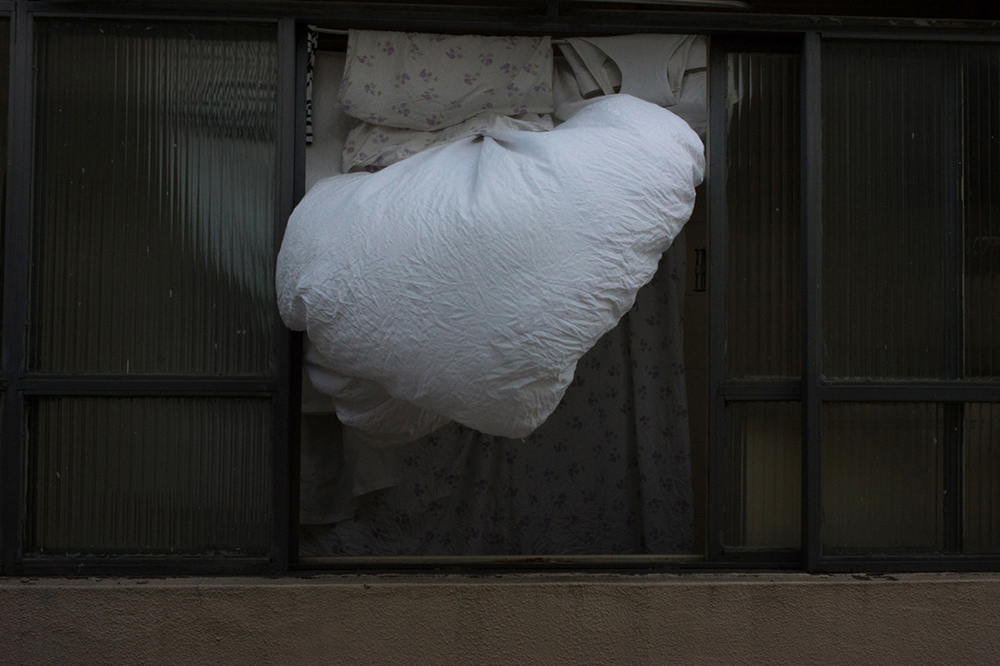 Anna Paola Guerra, Untitled, 2015, courtesy the artist
Anna Paola Guerra, Untitled, 2015, courtesy the artist
As the sense-organs reach the limit of their powers, their light begins to go out. Yet at the moment of expiry that light leaps up one last time like a candle flame, giving us a glimpse of the invisible. […] Not the pure idea, wreathed in clouds, nor the visual image burned on the retina, overwhelming and disappointing us with its matter-of-fact clarity, but the sense-image, kept as fleeting as possible, as a means toward stirring or activating the idea that lies buried more deeply in the soil of memory.
J.M. Coetzee
Disgrace
1999